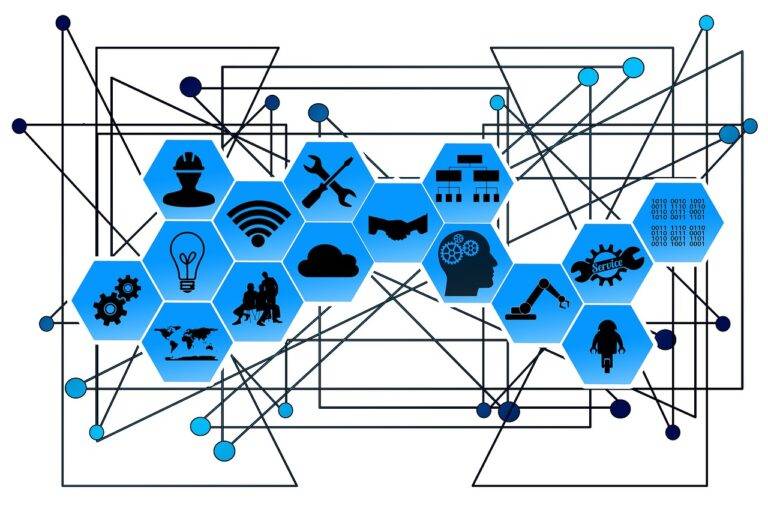The Role of AI in Predicting Freshwater Availability
Freshwater availability is a crucial element for sustaining life on Earth. It is essential for various activities, including agriculture, industry, and daily human consumption. Without an adequate supply of freshwater, ecosystems can be greatly affected, leading to environmental imbalances and threats to biodiversity.
Additionally, freshwater plays a vital role in supporting the global economy. Many industries rely on water for their operations, highlighting the significance of maintaining a steady supply of freshwater resources. As the world population continues to grow, the demand for freshwater is expected to increase, emphasizing the need for efficient management and conservation efforts.
Freshwater availability is crucial for sustaining life on Earth
Essential for agriculture, industry, and daily human consumption
Inadequate supply can lead to environmental imbalances and threats to biodiversity
Water plays a vital role in supporting the global economy
Many industries rely on water for their operations
Growing world population increases demand for freshwater
Efficient management and conservation efforts are necessary
Challenges in Predicting Freshwater Resources
Accurately predicting freshwater resources presents a formidable challenge for researchers and policymakers alike. The complex and dynamic nature of water availability makes it difficult to anticipate future trends with precision. Factors such as changing climate patterns, population growth, land-use changes, and water usage dynamics contribute to the uncertainty surrounding freshwater predictions.
In addition, the inherent variability of precipitation patterns and hydrological processes further complicates predictive modeling efforts. Variations in regional climates, topography, and environmental conditions introduce nuances that are difficult to capture comprehensively in forecasting models. As a result, developing reliable and accurate predictions for freshwater availability requires sophisticated data collection, analysis methods, and modeling techniques to account for the intricate interplay of factors influencing water resources.
Advancements in Artificial Intelligence Technology
Artificial intelligence (AI) technology continues to advance at a rapid pace, revolutionizing various sectors including freshwater resource management. AI’s ability to process vast amounts of data and identify patterns has proven invaluable in predicting trends in water availability. Through machine learning algorithms, AI can forecast water levels in lakes and rivers, helping authorities make informed decisions regarding water usage and conservation efforts.
Furthermore, AI technology is enhancing the monitoring and maintenance of water infrastructure systems. By utilizing sensors and real-time data analysis, AI can detect leaks and potential issues in pipelines, enabling prompt repairs and preventing water wastage. This proactive approach not only ensures the efficient operation of water networks but also contributes to the sustainability of freshwater resources for future generations.
How can artificial intelligence technology help in predicting freshwater resources?
Artificial intelligence technology can analyze vast amounts of data and patterns to provide more accurate predictions on freshwater availability, helping in efficient resource management.
What are some challenges in predicting freshwater resources?
Challenges include changing environmental conditions, complex water systems, and the need for real-time data analysis, which can be addressed with the help of advanced AI technology.
How important is freshwater availability for sustainability?
Freshwater availability is crucial for various aspects of sustainability, including agriculture, industry, and human consumption. AI technology can help in ensuring efficient use and management of this vital resource.
How can advancements in artificial intelligence technology benefit the environment?
Advancements in AI technology can help in monitoring and managing environmental resources more effectively, leading to better conservation efforts and sustainable practices for the benefit of the environment.







